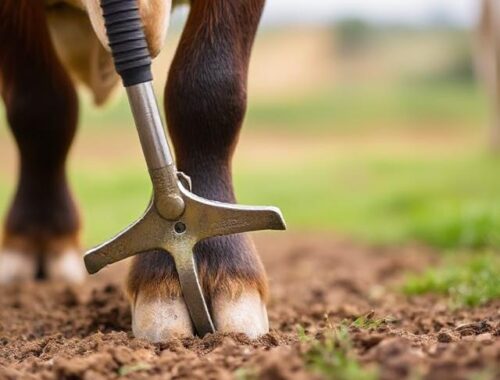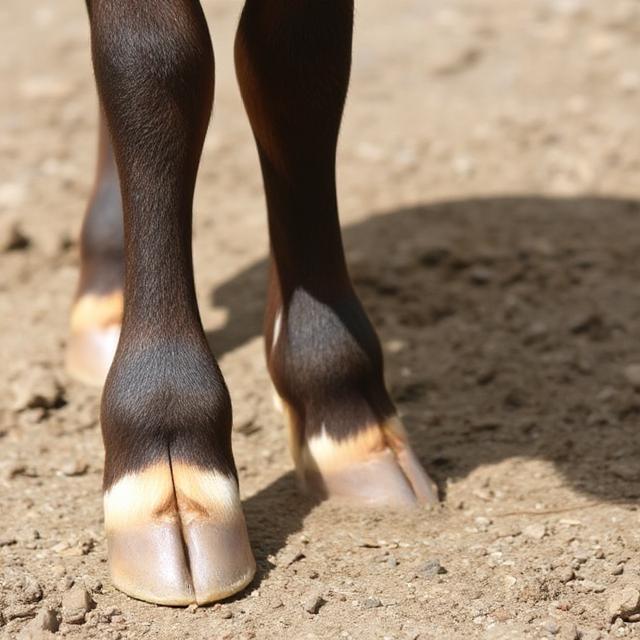
Comparing Cloven and Single Hooves: Anatomy Across Species
When it comes to how animals move, cloven hoof anatomy is one of the most efficient designs in nature. From goats navigating rocky cliffs to cows holding their ground in soggy pastures, animals with cloven hooves rely on their split feet for balance and support. These aren’t just toes—they’re tools shaped by evolution. Looking at how their feet function tells us a lot about survival. Whether it’s cow hoof structure, goat hoof anatomy, or the broader comparison of hooves across species, each form serves a purpose in the wild or on the farm.
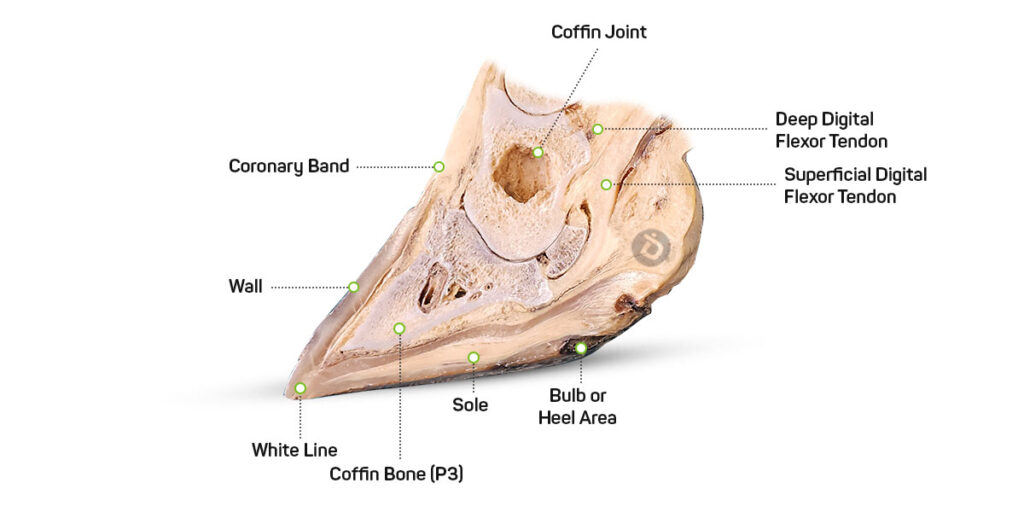
What Are Cloven Hooves?
Cloven hooves are split down the center into two functional parts. This split isn’t just for show—it helps animals adjust to uneven terrain, handle pressure shifts, and move with more stability. These feet belong to a group called even-toed ungulates, a term that includes many grazing animals. The design offers strength without sacrificing flexibility. From the outside, the feet may look simple, but there’s a lot going on underneath.
Cloven Hoof Anatomy Explained Through the Split Structure
A cloven hoof features two separate digits, often mistaken as two toes, but evolution says it’s still one. This split improves movement and footing. The toes move independently, allowing for better traction and shock absorption on unstable ground.
Why It Works So Well
The shape spreads weight out more evenly. That matters when the terrain shifts under the animal’s feet. Instead of slipping, the toes grip. This isn’t just luck—it’s nature’s answer to life on rough ground.
Cloven Hoof Features by Function:
- Split design helps with traction on slopes.
- Two-toe structure offers balance where footing is tricky.
- Independent toe motion adjusts to rocky paths.
- The sole absorbs impact from steps and landings.
- Tough outer walls protect against injuries.
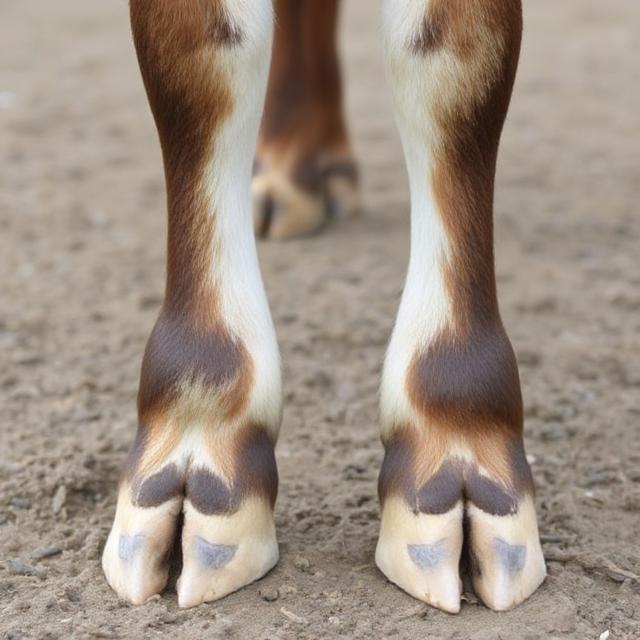
Anatomy of a Cloven Hoof: Key Features
Each cloven hoof contains bones, soft tissue, and a durable outer shell. Though the layout stays similar across animals, the proportions vary. Cows walk heavy, so their foot structure is wider and flatter. Goats move light and quick, so their feet are more compact and curved. The split lets them find grip on jagged surfaces or soft ground.
The inside includes paired digits, cushioned pads, and sometimes dewclaws. These parts help absorb force and prevent injury. For cows kept indoors, feet grow faster than they wear. That’s why they need trimming. Without it, they may limp or lean, which strains joints. Goats in the wild file their toes down on rocky trails. Domestic goats often need help maintaining the proper shape.
The outer layer keeps moisture and bacteria out. But when animals are on wet bedding, that barrier weakens. Regular care keeps the structure healthy. Even one small change in weight distribution affects posture and motion. Hoof trimming, done on time, prevents many of these problems.
Single Hoof vs. Cloven Hoof: What’s the Difference?
When comparing single vs double hooves, the difference starts with structure. Horses, for example, walk on one large toe. Their feet are solid and shaped for forward movement. They don’t flex or spread. The design focuses on speed and support on firm ground. Cattle and goats move differently. Their feet split, and the two sides shift independently.
In terms of function, split feet adjust to changing terrain. They’re better at keeping balance on hillsides or slippery patches. Horses are built for open plains and running. Goats are climbers. Cows are slow but steady, using their broader base for support.
Here’s how they stack up:
| Feature | Cloven Hoof | Single Hoof |
|---|---|---|
| Structure | Two toes, split down the middle | One solid toe |
| Flexibility | High—each toe moves slightly | Low—entire foot moves as one |
| Terrain | Works well on rough or soft ground | Best on firm, even surfaces |
| Speed vs. Stability | Prioritizes balance and grip | Built for speed and endurance |
| Evolutionary purpose | Adaptation to diverse environments | Optimized for running |
The needs of the animal shaped the foot it walks on. Some needed stability; others needed speed. The form followed the function.
Animals with Cloven Hooves: Cattle, Goats, and More
Many animals have this type of foot structure. From domesticated livestock to wild game, animals with cloven hooves appear across ecosystems. Cattle have strong, heavy feet to support their size. Their shape works well for long hours in pastures. Goats have slimmer, more curved feet. That allows them to grip narrow ledges and avoid falls. Deer have lightweight feet that make very little sound in the forest. Their steps are silent but sure.
Even pigs fit into this group. Though their feet often seem more flat, they’re still technically cloven. Their toes spread when they walk, especially on soft ground. The variation from one species to another reflects the pressures of their environment. Cows prioritize load-bearing. Goats need traction and movement. Wildlife adds another layer, where stealth and agility matter.
The same basic foot shape stretches across all of them. But what it does for each one depends on the animal’s weight, behavior, and lifestyle.
Functionality and Evolution of Hoof Types
Cloven hooves evolved for a reason. Animals in steep, muddy, or rocky regions needed stable footing. As climates shifted and terrain changed, their feet adapted. They didn’t get faster—they got smarter. Those two toes provided the grip they needed to stay upright and moving. Early animals had multiple toes. Over time, most of them disappeared. What remained were two strong digits that could move on their own.
In horses, evolution took a different path. One middle toe became dominant. It grew thick and hard, forming a single unit. That change allowed for longer strides and better endurance on open land. The split between even-toed ungulates and odd-toed grazers was one of movement strategy. It wasn’t just how they moved—it was where and why.
Every hoof today is a record of ancient adaptations. The shape tells the story of what the animal needed to do to survive. Whether they climbed, ran, or stood still, their feet made the difference.

Care Differences Based on Hoof Structure
Split feet need a different kind of attention. The space between the toes collects debris and moisture. That makes them more prone to infection, especially in barn conditions. When the ground stays damp, bacteria thrive. Cows are at risk for rot and abscesses. Their weight pushes moisture deeper if they don’t get cleaned or trimmed.
Goats may handle their own care better—but only if they live in rocky, dry places. Flat, soft pens don’t wear feet down naturally. Overgrowth causes imbalance. That leads to stress on bones and tendons. Even small irregularities in shape make a difference. Proper trimming isn’t just cosmetic. It keeps animals mobile and pain-free.
Diet plays a role, too. Animals that eat more than they need tend to gain weight. That extra load presses harder on the feet. Over time, the pressure causes cracking, bruising, and posture issues. Flooring also matters. Rubber mats and packed dirt wear the feet differently than rough stone or pasture.
Each species has its own needs. But one rule stands for all: clean, dry conditions help maintain healthy feet.
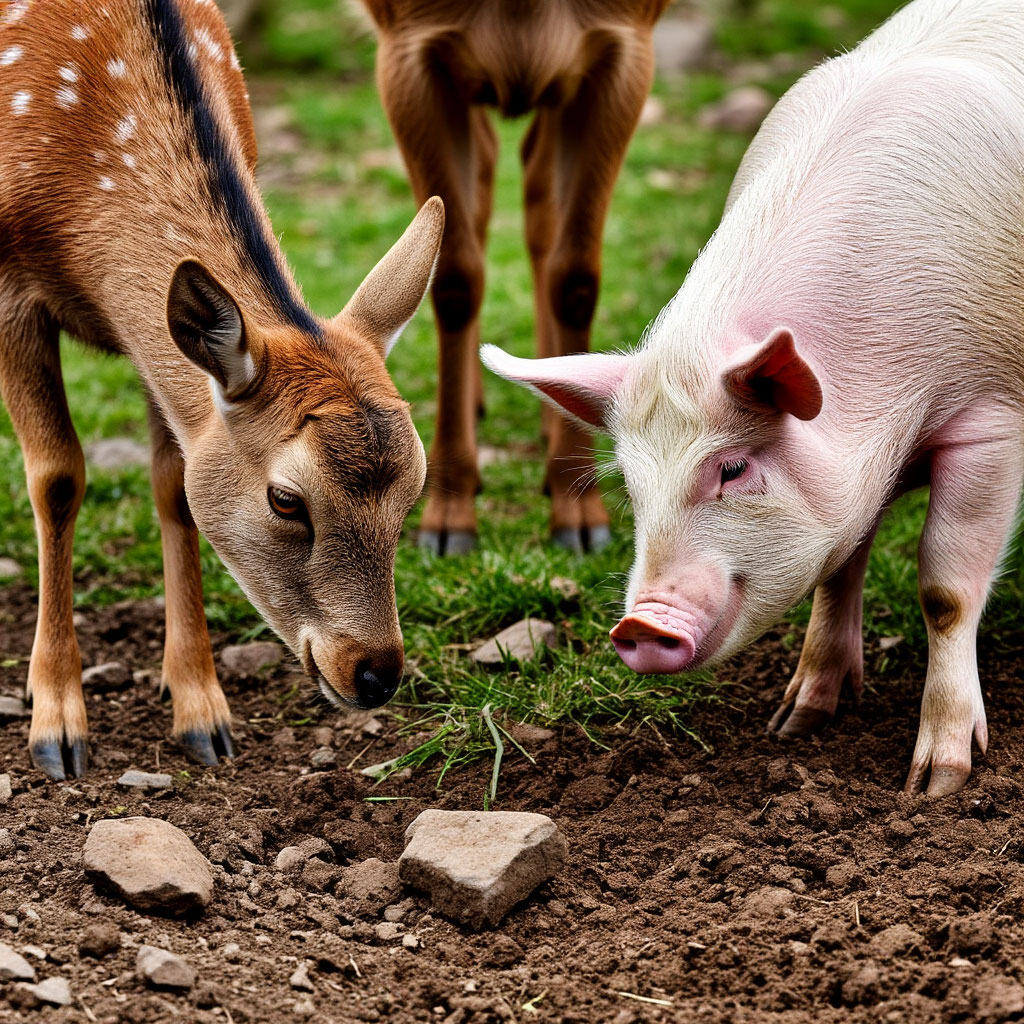
Hoof Problems Specific to Cloven-Hoofed Animals
Even well-formed feet run into trouble. The most common issue is rot. It starts between the toes, usually when things stay wet too long. Animals begin limping or shifting weight. If untreated, the damage worsens. Cracks and splits also appear in overgrown feet. When the balance shifts, the animal’s gait changes. That leads to joint stress or fatigue.
Bruising isn’t always obvious. The outer shell hides a lot. But if an animal walks with caution or lays down more than usual, it may be in pain. Injury isn’t the only reason. Improper trimming, poor footing, or sudden weight gain also contribute.
Monitoring movement is the best way to spot issues early. A change in how an animal stands or walks speaks volumes. Early care makes all the difference. Once pain sets in, recovery takes longer.
Understanding cloven hoof anatomy gives insight into how animals survive and move through their world. From solid single toes to split feet, the design fits the lifestyle. Whether it’s cow hoof structure or goat hoof anatomy, the purpose behind the shape is always clear. Some animals run. Others climb. All of them rely on feet adapted to what they do best.
The comparison of hooves across species shows us how form follows need. Cloven hooves help distribute weight and grip terrain. Single ones favor speed. There’s no one right shape—only the one that works. Looking at livestock foot differences isn’t just about biology. It’s about understanding the story those feet tell.
You May Also Like
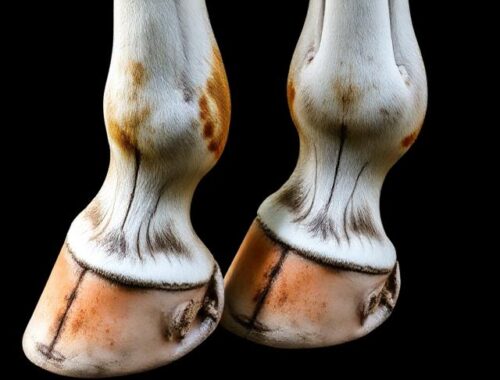
Understanding Hoof Anatomy: A Complete Guide for Livestock Owners
June 26, 2025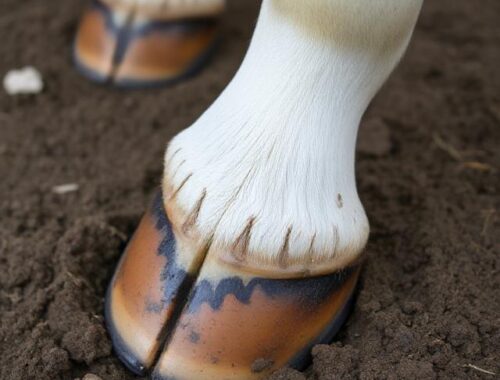
The Role of the Frog in Equine Hoof Health
June 26, 2025